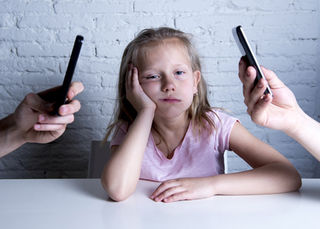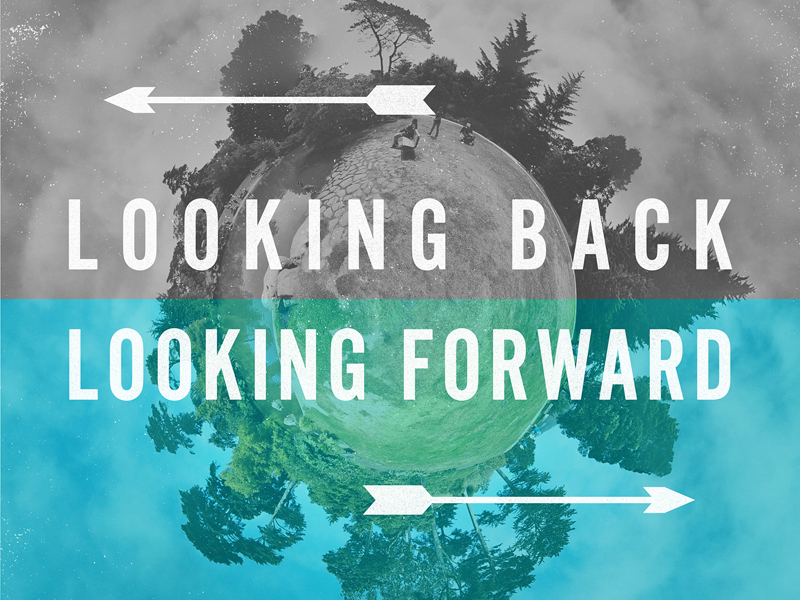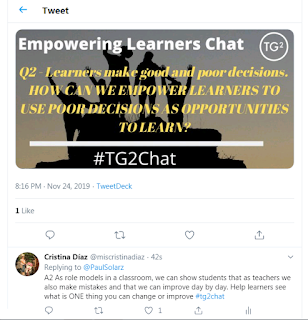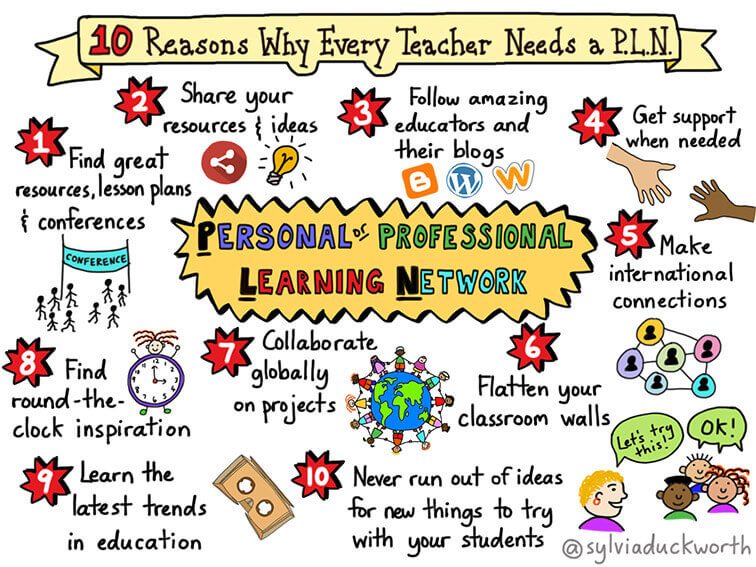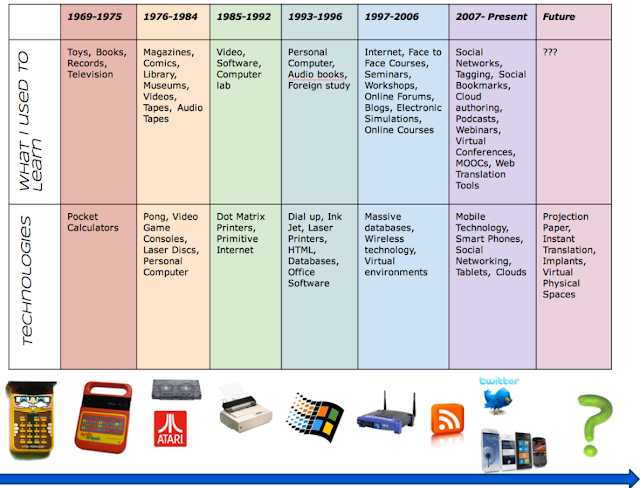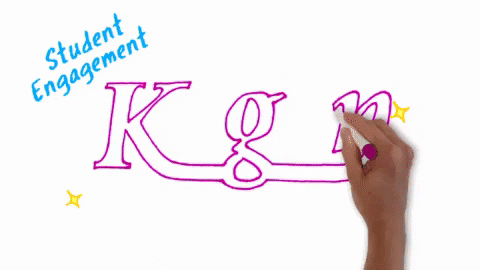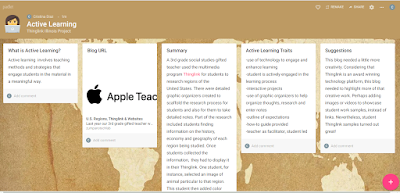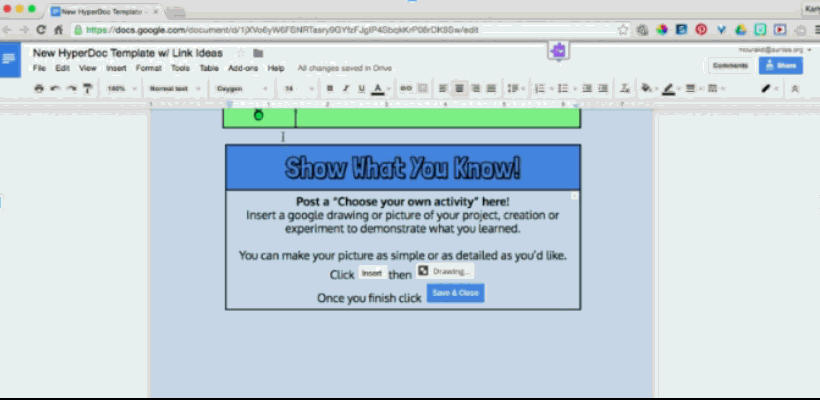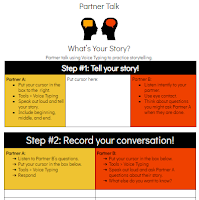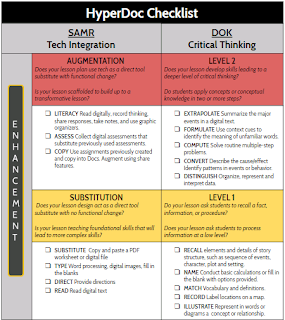Digital Tattoos
Did you know we have digital tattoos?
In the era we live, it is not a surprise that we all have a digital tattoo! A digital tattoo is the digital presence we live online. Some of this information could be the things you post online or the pictures you share on social media. This information is hard to get rid off, which is why it is called a digital tattoo.
According to Nicole Zumpano, a regional educational technology coordinator and professor, digital tattoos form our digital presence. In her presentation "Digital Tattoos," she refers to this digital presence as being like our "credit score." That is, just like credit scores impact our loan approval, digital tattoos impact our digital presence. For that reason, it is important to take a careful look at what we post in our digital spaces.
Currently, I have some professional and personal digital spaces. The information I post in these digital spaces is very different. For instance, in my Facebook account, I include more about my personal life. Although most of the things I post are personal, I am still careful on what I post and who I friend in my account. My Twitter account is sometimes personal, but mostly professional. When I retweet something, I make sure it is something I believe in or represents me in my professional role.
With social media being so accessible, we can sometimes loose track of what we post. Perhaps we think that by simply erasing a picture or a message, we have gotten rid of the information, but the reality might be different. Considering that as educators we serve as role models for several people, it is important to keep in mind on what we post online and the impact it can have in our professional jobs.
How can we check what is going on with our digital tattoos?
A data mine is a good starting point. Data mining is the process of digging through information to finding patterns and trends. I had know idea that such term existed. Luckily it does exist and I had the wonderful opportunity to search data about myself in various places.
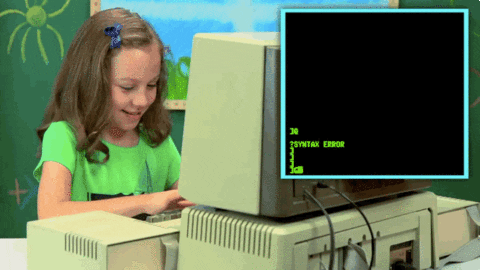
When I searched my full name on Google, a list of several
Facebook Accounts were the first thing that popped. After scrolling through the super long list, I could not find my Facebook account probably because I spelled my name differently on my account. The next social media network that appeared on Google, was Instagram. Although I do have an Instagram account that I rarely use and that I should probably cancel, I did not find my account. After going through a long list of names, I could not find information about me. So, I decided to go on a different venue by typing my username and see if something would come up. Well, that search did not go well either. It gave me too many names with my first initial. After going through several pages, I could not find information about me. Most of the women listed with my name were from another country. Since I am married, I went ahead and tried my maiden name, and finally I found information about me! Even-though it listed my husband's name, my status came up as single, which was quite interesting. Another surprising fact, was that it listed my date of birth and one of my sister's in law's name. It is kind of scary to find such accurate information under my maiden name.
Linkein is an online community where you can search about your professional life. I typed in my name, and once again, I came across a list of women living in another country.
Peekyou is another public search website where you can find information about a person. This website will show the person's age, where they might have lived, and some social media information. From this report, I was able to see the towns I had lived in. I also found my relatives names. The report also showed my age. As I waited for the rest of my information to display, there were different pop-ups informing the benefits of being identified online. One of these benefits said, "you can find previous friends" and reconnect with them. It is interesting how this website presented public records as something positive and not something we should be worried about.
Mylife is a free website that provides information about your online reputation. After typing my maiden name, it took me through various checking points. The website made sure I agree on not sharing the information I found about myself. Some of the information that I was able to see was my husband's name and one of my brother's name. There was a relative listed under my information, which now makes me wonder who he is. I did not get to see the rest of the full report, since there was a fee and some joining compromises.
Checkmate is another website that provides a report on a person you are looking for. Once you type the name and place where that person lives, it walks you through some questions. Some of these questions might be relevant to the person's life and some are not. When it finally took me to the report, there were a list of people to choose from. The one with my information included my brothers and mother's name. It also showed my age, as well as some of the places I had lived.Like one of the other websites, it asked for me to agree on some terms and not share the information found on my report.
Intelius is another website that allows for you to search information about yourself. This website will provide your phone number, the places where you have lived and the names of your relatives. When I typed my information, there was another person with my name and similar address, but it was not me. This then reminded me that every time I go to the Park District, I always have trouble signing up for something because this other person's information pops up. When I typed my maiden name, I was able to find two accounts. One of these accounts, associated me with my brothers and mom. The other with my husband. The interesting part was that both listed my incorrect phone number. Perhaps this might not be a bad problem.
The Illinois Public Salaries Database is a place where you can find a teacher's salary. My jaw almost dropped when I saw that I was able to see my salary from 2017. Unbelievable that such data is displayed and can be seen by the public. It almost made wonder if the district I recently signed up for use this resource to see my previous salary. I could even see my coworkers salaries that worked in the same building. The following shows a bar graph of the salaries range within the district:
Reactions and Takeaways:
Considering that my last name is very popular in Spanish, I was not surprised to find information on several other women with a similar name. I was shocked and amazed on how easily we have data from anyone at our finger tips. We sometimes think that we have private accounts, but the reality might be different. Knowing that anyone can find information about me, reminds me of how important it is to be careful on what we post and display online. The things we share in the internet basically create our digital tattoo, and for that reason, it is important to maintain a professional and good digital presence. As an educator with knowledge on the topic of digital tattoos and data mining, I feel it is my responsibility to share with students, parents and other educators the importance of making safe and good choices when posting information online because this can have an impact in their future lives.
Other Resources:
